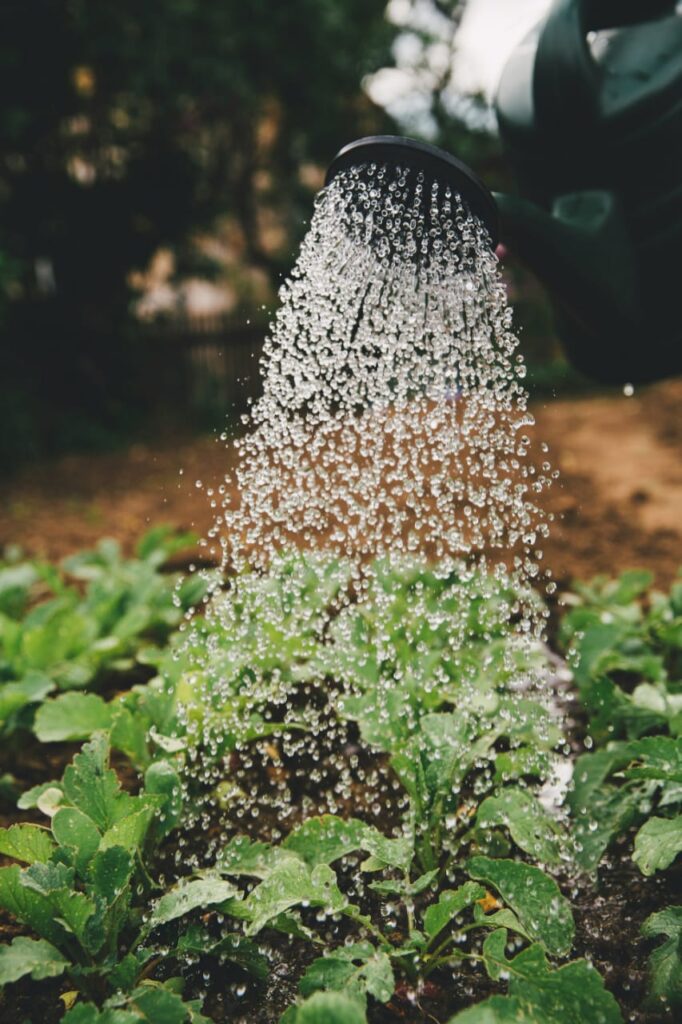Innovative and practical solutions are desperately needed in an era when climate change poses a significant threat to our planet. Vikki Gerrard La Crosse WI, explores the potent impact of gardening in combating climate change. Beyond its aesthetic and recreational value, gardening emerges as a grassroots approach to environmental conservation.
We will explore how cultivating green spaces through community gardens or personal backyards can play a vital role in reducing carbon footprints, enhancing biodiversity, and promoting sustainability. From absorbing carbon dioxide to cooling urban areas, gardening is reimagined here as a powerful tool in our fight against climate change, offering hope and actionable steps for individuals eager to make a difference.
Cultivating Carbon-Conscious Communities
Imagine if every home with a patch of land or a windowsill pot used it to grow plants that help combat climate change. The aggregate impact of these small farms can be substantial. Gardens can sequester carbon dioxide from the air, acting as a natural carbon sink.
Vikki Gerrard La Crosse highlights the significant impact gardeners can make by selecting trees, shrubs, and flowers that flourish in their local climate and enhance biodiversity. This strategic choice can substantially contribute to reducing greenhouse gas emissions. Moreover, promoting the cultivation of community gardens to grow local food can significantly decrease the carbon footprint of transporting produce over long distances and energy consumption in processing store-purchased items.
Native Gardens: The Keystone of a Resilient Ecosystem
The concept of native gardening involves growing plants that are indigenous to a specific area. This practice promotes a balanced and resilient local ecosystem. Native plants are adapted to the regional climate and support local wildlife, benefiting everything from pollinators like bees and butterflies to birds and small mammals.
These gardens require less water and maintenance, reducing the environmental impact of gardening activities. Native gardens exemplify how a small change in our chosen plants can ripple out to create healthier habitats and contribute to the fight against climate change.
Edible Landscaping and the Local Food Movement
Vikki Gerrard from La Crosse WI, says that edible landscaping transforms traditional ornamental gardens by incorporating vegetables, fruits, and herbs. This approach serves a dual purpose: first, it personalizes the local food movement, significantly reducing the carbon footprint associated with our diets.
Second, it fosters healthier eating habits and strengthens our connection to the food lifecycle. This paradigm shift mitigates climate change through lower emissions and cultivates a culture of sustainability and environmental responsibility.
Biodiversity by Design
Biodiversity is essential for a healthy and resilient environment. In gardening, it’s about what you plant and how you design your space. Incorporating a variety of plants at different levels, from trees to ground cover, provides habitats for a diverse range of flora and fauna.
Creating diverse microclimates can also better manage water, prevent erosion, and support a variety of beneficial soil organisms. A biodiverse garden, rich in species, can capture a wider range of carbon and contribute to a complex web of life better equipped to adapt to the challenges of a changing climate.
Water-Wise Tactics for a Climate-Stressed World
Water is a precious resource, especially in the face of climate change and the increased frequency of droughts. Gardens that minimize water use through rainwater harvesting, intelligent irrigation practices, and drought-resistant plants save on this vital resource and reduce the energy required for water treatment and distribution. Xeriscaping, the practice of landscaping with water conservation in mind, is a promising approach that focuses on efficient water use while still creating beautiful and functional garden spaces.
Permaculture and the Closed-Loop Garden
Permaculture is a system of agricultural and social design principles centered around simulating or directly utilizing patterns and features observed in natural ecosystems. It’s a holistic approach where a garden is seen as a closed-loop, waste-free system.
Permaculture gardens can substantially reduce climate change by reusing resources, minimizing waste, and fostering symbiotic relationships between plants, soil, animals, and people. They can also serve as inspiring models for communities looking to live more sustainably.
Sustainable Materials and Garden Practices
The sustainability of a garden isn’t just about what’s growing in it but also about the materials used and the practices employed. Choosing locally sourced, sustainable materials for garden infrastructure, like raised beds, sheds, and fences, minimizes the carbon footprint of the garden’s construction.
Avoiding chemical pesticides and fertilizers, opting for organic practices, and composting waste turn the garden into a regenerative space that nourishes the earth instead of depleting it.
Policy and Advocacy: Gardening at the Community Level
Gardening’s impact doesn’t stop at the garden gate. Community gardens, school projects, and other collective horticultural efforts can spark change at a societal level.
By advocating for policies that promote green spaces, biodiversity, and sustainable land use, gardeners can significantly impact the fight against climate change. Getting involved in local organizations or starting community initiatives can magnify the positive effect of individual gardening efforts and secure a greener future for all.
Harvesting Hope for the Future
Vikki Gerrard La Crosse WI says gardening might seem small in the grand scheme of combating the climate crisis. However, the potential is vast when we consider the collective impact of a world blooming with carbon-conscious gardens.
Gardening is not just a hobby; it’s a revolutionary act of stewardship that has never been more vital. Each seed sown is a step toward a more sustainable, beautiful, and resilient future. This blog post encourages everyone, from seasoned green thumbs to those planting their first window-box seeds, to view gardening as a powerful response to the challenge of climate change.
